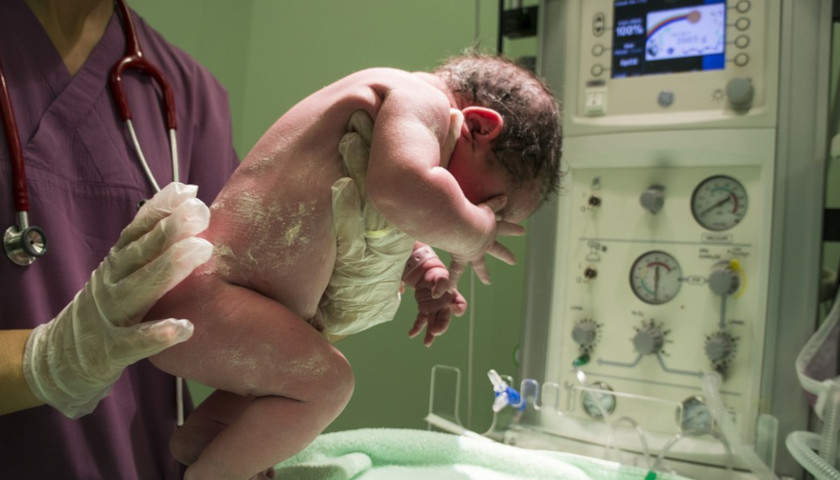by Todd Defeo
The state is increasing funding to programs to address infant mortality as well as improve mothers’ and children’s health across Ohio.
But there is no clear solution to eliminating infant mortality.
House Bill 11 expands access to tobacco cessation programs and increases education programs related to lead-based paints and appropriates $5 million from the General Revenue Fund (GRF) for the 2021 fiscal year for a group-based prenatal health care grant program, which the Ohio Department of Health (ODH) will administer.
It also increases appropriations for the Ohio Department of Medicaid by $279.6 million in the 2020 fiscal year to reflect the temporary federal medical assistance percentage (FMAP) increase in the Families First Coronavirus Response Act.
“This is a first step in reducing infant mortality across our state, it’s an issue that we should continue working on for mothers and their babies,” state Rep. Gayle Manning, R-North Ridgeville, told The Center Square.
“To help reduce infant mortality, you have to make an investment if you want positive results – and that goes for several issues – whether you’re investing in schools, infrastructures, or health care,” Manning continued.
“This is a problem Ohioans want to see solved, that was made quite clear from the unanimous votes the bill received within all of its committee hearings, additionally, when it passed unanimously both in the House and Senate,” added Manning, who jointly sponsored the bill with state Rep. Stephanie Howse, D-Cleveland.
In 2018, there were 938 infant deaths in Ohio, down from 983 in 2017 and 1,023 in 2016, according to numbers from the Centers for Disease Control and Prevention (CDC). The Buckeye State had the sixth-highest number of infant deaths in the country and the 10th highest infant mortality rate.
Lisa Holloway, director of maternal infant health for the March of Dimes Ohio, said group-based prenatal health care is essential to helping pregnant mothers.
“We’ve been very careful in the amount of money that we give folks that start the program and implement the program because we don’t want them to become dependent on it,” Holloway said. “We want it to be very focused on the training and the startup, then we want to be sustainable. That sustainability of something that you know works is a key piece.”
Unlike other states, Ohio has a Fetal Infant Mortality Review (FIMR) Board that reviews infant deaths. As part of their work, the multidisciplinary boards make recommendations to local communities.
“What we’re really trying to understand are the factors that are beyond the medical,” Holloway said. “What contributed to her life during her pregnancy and before her pregnancy that is a factor that we need to consider addressing if we want to reduce infant mortality.”
– – –
Todd Defeo is a contributor to The Center Square.





